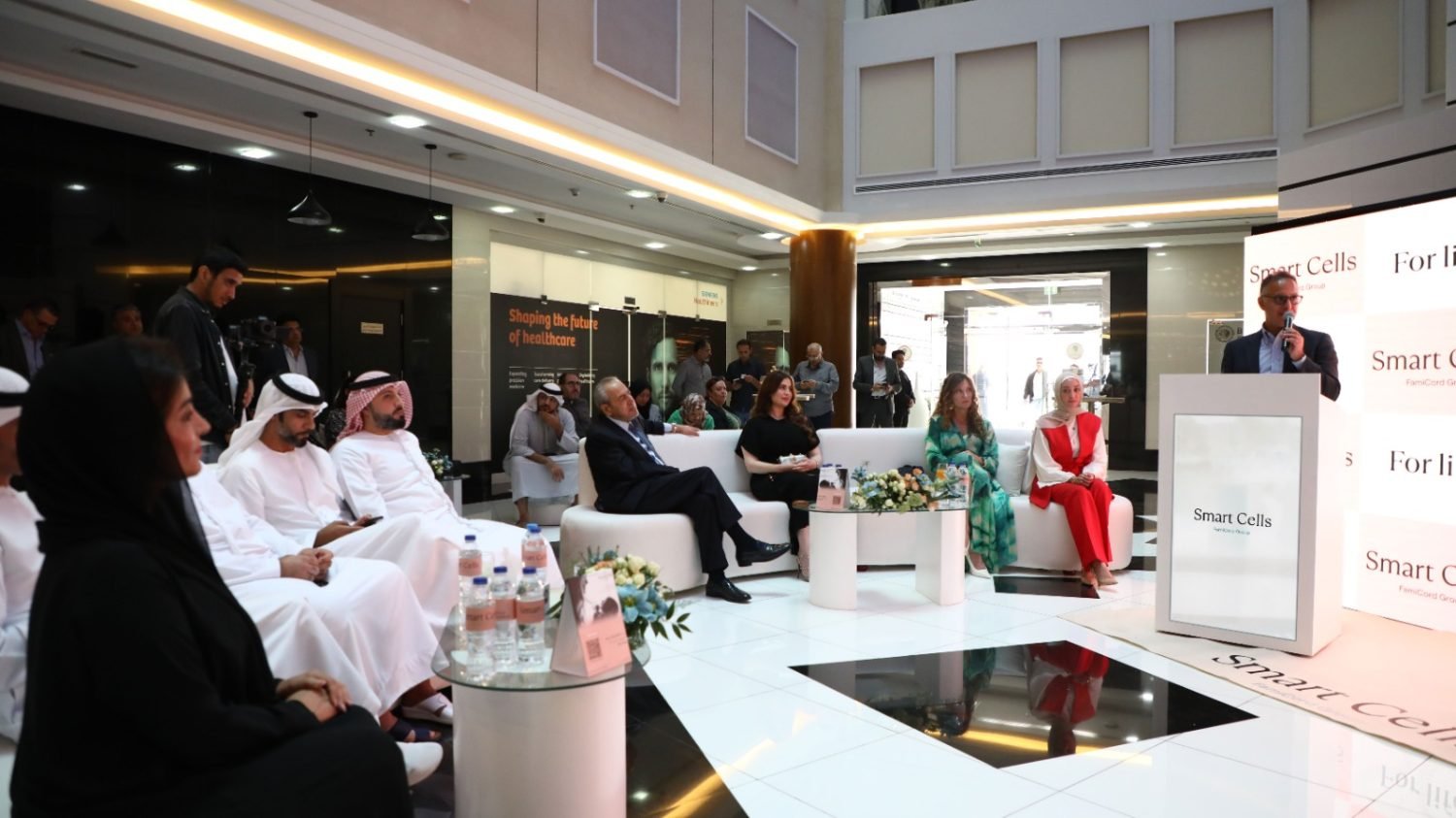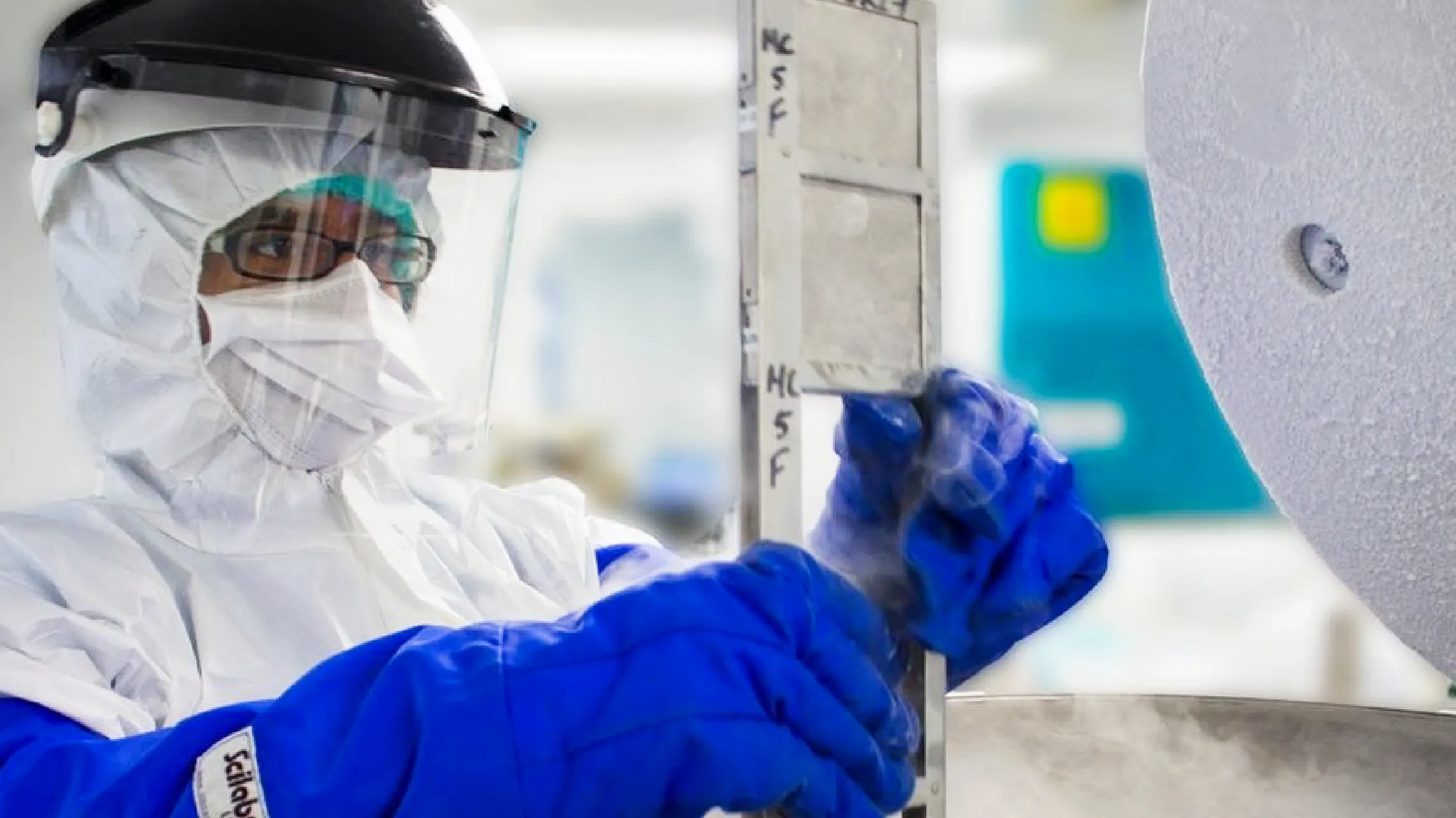
From Birth to Healing: Is Banking Cord Blood Worth the Investment?
Banking Cord blood is changing the game, making a big difference in healthcare!
When you have a child, there’s a lot on your mind, and one crucial consideration is the blood from your baby’s umbilical cord . It used to be thrown away at birth, but now many parents save it to help their child’s health later on. But is banking cord blood right for you?
The exploration of stem cells touches on the core of regenerative medicine, promising a future where damaged tissues and organs might be repaired or replaced with cells derived from the patient’s own body.
By collecting and banking cord blood from umbilical cord blood, individuals and families can create a valuable reserve for future health needs. This forward-thinking approach helps protect against a range of potential medical issues that might be treated with stem cell therapies, such as specific cancers, genetic disorders, and autoimmune diseases.
Stem cells are fundamental to the structure and function of our bodies. They possess the remarkable ability to self-reproduce and differentiate into a wide array of cell types, which is crucial for various medical applications. During birth giving, umbilical cord blood is particularly valuable because it contains a rich supply of these versatile stem cells. Within just 3 to 5 days after birth giving, the stem cells from umbilical cord blood can transform into a diverse range of cell types. In contrast, adult stem cells, which are typically sourced from bone marrow or fat, have a more restricted capacity to develop into different cell types. Additionally, stem cells derived from cord blood are less likely to carry infectious diseases and are generally less prone to rejection compared to adult stem cells.
This unique profile of cord blood stem cells makes banking cord blood an essential practice for advancing medical research and developing new treatments. For over three decades, the stem cells found in umbilical cord fluid have been pivotal in saving lives. Many private banking cord blood companies strongly recommend that parents collect and store this precious resource during birth giving. This proactive step ensures that the stem cells will be available if the child or another family member develops a condition that could benefit from this biological resource in the future.
The collection and banking cord blood are relatively straightforward procedures, and the potential benefits are substantial. Cord blood stem cells, particularly hematopoietic stem cells (HSCs), are especially well-suited for transplantation. These cells can help ‘rebuild’ a new, healthy blood and immune system in patients. Importantly, HSCs do not need to be an exact match with the recipient’s tissue, which expands their utility. These stem cells have been successfully transplanted into thousands of patients suffering from serious medical conditions, including metabolic disorders, blood disorders, immune deficiencies, and various forms of cancer.
In essence, banking cord blood during birth giving represents a forward-thinking approach to healthcare, offering a safeguard for future medical needs and contributing to the broader field of regenerative medicine. The practice not only provides potential therapeutic options for the individual but also supports ongoing research and advancements in medical science.
Stem cells are categorized into several types based on their origin and developmental potential, each with distinct roles and applications. Banking cord blood, which involves collecting stem cells from the umbilical cord immediately after birth, offers a practical and non-invasive method for preserving perinatal stem cells. These cells, along with those from the placenta, have shown promise in treating blood disorders and exploring regenerative therapies.
In the broader context, types of stem cells as Embryonic Stem Cells (ESCs), derived from the early-stage embryo, are pluripotent and can differentiate into nearly any cell type in the body, making them valuable for research and potential therapeutic uses. Adult Stem Cells, found in various tissues such as bone marrow and adipose tissue, are generally multipotent, meaning they can produce cell types related to their tissue of origin; they are used in treatments for blood disorders, tissue repair, and regenerative medicine. Induced Pluripotent Stem Cells (iPSCs) are adult cells reprogrammed to an embryonic-like pluripotent state, offering similar flexibility in differentiation as ESCs and expanding research and treatment possibilities.
Each type of stem cell, including those collected through banking cord blood, has unique advantages and limitations, shaping their use in medical research and clinical applications. As we continue to advance in regenerative medicine, understanding and utilizing these diverse stem cell types will be crucial for developing innovative treatments and therapies.
Umbilical cord blood is a rich source of several types of stem cells, each with distinct properties and potential clinical applications. The most prominent are Hematopoietic Stem Cells (HSCs), which can develop into all types of blood cells—red blood cells, white blood cells, and platelets—making them essential for treating blood disorders such as leukemia, lymphoma, and certain genetic conditions. Additionally, Mesenchymal Stem Cells (MSCs) in cord blood can differentiate into various cell types, including bone, cartilage, and fat cells, and are under investigation for their potential in regenerative medicine, such as tissue repair and treatment of autoimmune diseases. Furthermore, Endothelial Progenitor Cells (EPCs) present in cord blood aid in the formation of new blood vessels and are being explored for their role in treating vascular diseases and enhancing tissue repair.
By banking cord blood, families preserve these valuable stem cells, which can be utilized for a range of therapeutic applications, offering hope for future treatments and advancements in regenerative medicine.
Smart Cell is a pioneering stem cell storage company based in the UAE, dedicated to providing families with a secure and reliable way to preserve their newborns’ stem cells through banking cord blood. The services offered by this company range from umbilical cord blood and tissue collection to processing and storage, rich in precious stem cells that may be therapeutically useful. Smart Cells views banking cord blood stem cells as an investment in health for the future, particularly for the treatment of various diseases. Their state-of-the-art laboratory is equipped with advanced technology to guarantee the highest standards of safety and efficacy.
The company provides invaluable educational resources, consultation services on an individual basis, apart from its core services to support families with informed decisions on banking cord blood stem cells in smart cell bank.
Smart Cell is committed to quality and customer service to be a trusted partner for families while protecting their health for generations.
Visit us on: Smart Cells Storage Bank in UAE Your Child’s Healthy Future
The application of cord blood stem cells has expanded beyond transplantations into exciting new developments in the area of regenerative medicine. By banking cord blood, families preserve these invaluable stem cells, which are at the forefront of transforming how we approach treatment for various injuries and diseases.
Regenerative medicine is quickly changing the way we treat injuries and diseases, with banking cord blood stem cells playing a central role in this evolution. These cells are used to develop new stem cell therapies that go beyond traditional transplantation. Instead of solely rebuilding a new blood and immune system, as in transplants, banking cord blood stem cells are now being explored to restore normal function for individuals affected by injury or disease, or to introduce normal function for conditions present from birth. It is only recently that we have come to understand the immense value of cord blood; in the past, it was often discarded. Unfortunately, it is still thrown away too frequently, but banking cord blood offers a chance to preserve these cells for potential future use. Storing your child’s cord blood cells today may provide a crucial resource for combating diseases and advancing regenerative medicine in the years to come.
conclusion
As we discussed the future of birth giving, banking cord blood, types of stem cells, Regenerative Medicine and smart cell banking in uae. banking cord blood represents a valuable opportunity for families to secure a resource that could prove crucial in addressing various medical conditions through stem cell therapies. Understanding the different types of stem cells, including those collected from umbilical cord blood, bone marrow, and adipose tissue, is essential for making informed decisions about banking cord blood stem cell. The process of birth giving offers a unique moment to collect and store these cells, providing a potential safeguard against future health issues.
Despite the investment required, many find the potential benefits of having access to stored stem cells for future treatments worth the expense. As the field of regenerative medicine progresses, banking cord blood and other stem cells may become increasingly valuable, making it a wise choice for those looking to invest in their health and future.
References:
Related Events

Smart Cells Laboratory Grand Opening
February 8th marks the grand opening of our first laboratory in the Middle East, and our Group's 14th laboratory worldwide. Smart Cells International, a proud member...

Cord Blood Banking FAQ’s
Should I consider using cord blood banking? In recent years, several companies have promoted a service for cord blood banking leftover umbilical after birth. This banked...

Unlocking the Secrets of Cord Blood Banking: Everything You Need to Know
Unlocking the Secrets of Cord Blood Banking: Everything You Need to Know Cord blood banking involves collecting potentially life-saving stem cells from the umbilical cord and...
Find out more
Claim your free guide online or talk to us to find out more
Accreditations